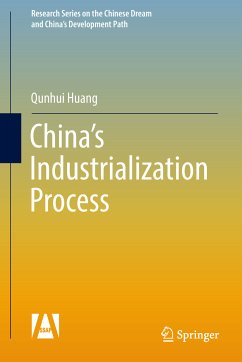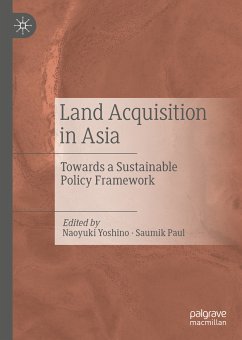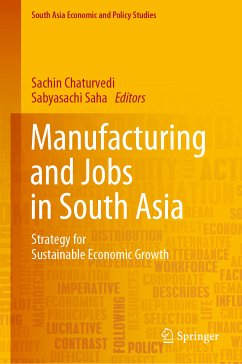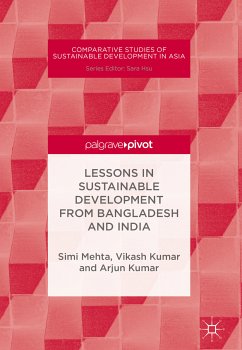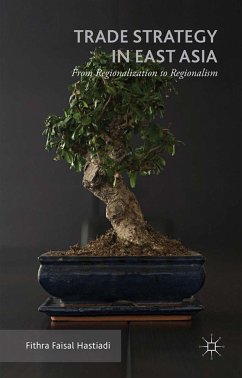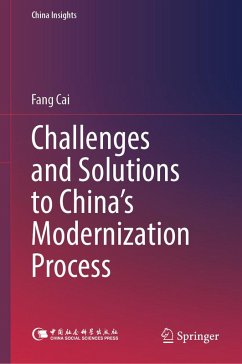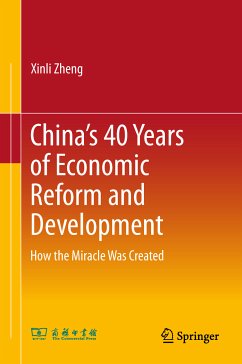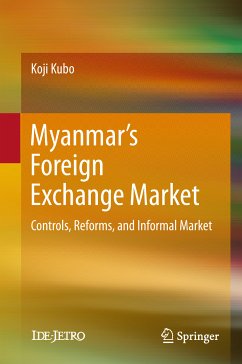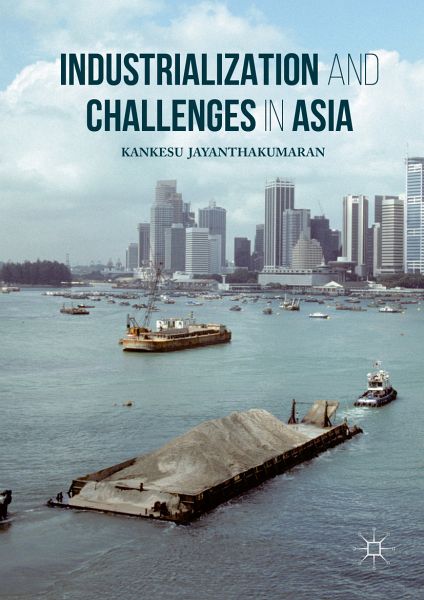
Industrialization and Challenges in Asia (eBook, PDF)
Versandkostenfrei!
Sofort per Download lieferbar
72,95 €
inkl. MwSt.
Weitere Ausgaben:

PAYBACK Punkte
36 °P sammeln!
This book provides a much-needed review of Asia's economic growth and its challenges in the context of post-war industrialization. In the early 1990s, the World Bank (1993) recognized eight high-performing Asian economies (HPAEs) (Japan, the Asian tigers, Indonesia, Malaysia and Thailand) and named them the 'Asian economic miracle'. In the recent past, the term 'emerging economies' has been widely used to refer to the high-growth economies, and includes China, India, Mongolia and Vietnam. In this rush towards high growth, the adverse effects of industrialization are widespread, but were unnoti...
This book provides a much-needed review of Asia's economic growth and its challenges in the context of post-war industrialization. In the early 1990s, the World Bank (1993) recognized eight high-performing Asian economies (HPAEs) (Japan, the Asian tigers, Indonesia, Malaysia and Thailand) and named them the 'Asian economic miracle'. In the recent past, the term 'emerging economies' has been widely used to refer to the high-growth economies, and includes China, India, Mongolia and Vietnam. In this rush towards high growth, the adverse effects of industrialization are widespread, but were unnoticed. The major challenge is to bring together a comprehensive picture of Asia's growth, taking into account the adverse consequences. Finally, this book examines two challenges for the future of Asia's development: the global financial crisis and urban poverty and inequality.
Dieser Download kann aus rechtlichen Gründen nur mit Rechnungsadresse in A, B, BG, CY, CZ, D, DK, EW, E, FIN, F, GR, HR, H, IRL, I, LT, L, LR, M, NL, PL, P, R, S, SLO, SK ausgeliefert werden.



